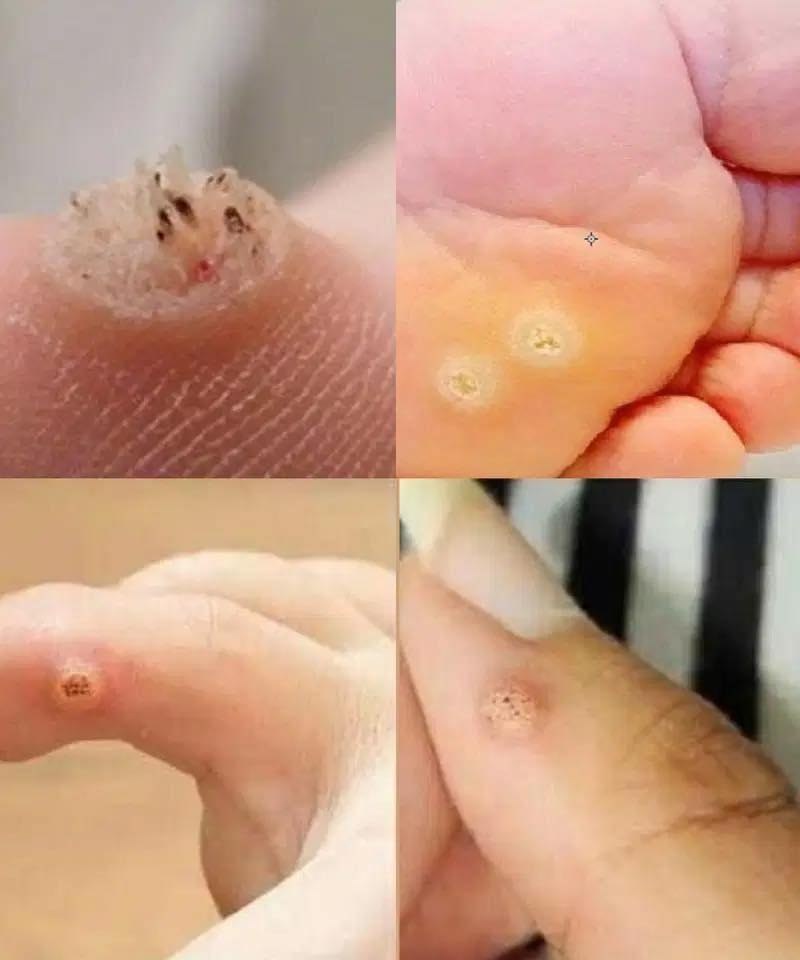Cold sores, often called fever blisters, are a widespread viral infection most commonly caused by herpes simplex virus type 1 (HSV-1), although herpes simplex virus type 2 (HSV-2) can also be responsible when transmitted through oral-genital contact. These sores are highly contagious and can spread easily through direct physical contact, such as kissing, or indirectly by sharing personal items like towels, utensils, or lip balm. Even touching an active sore and then another part of the body can transfer the virus.
An outbreak usually follows a predictable pattern. It often begins with a tingling or itching sensation around the lips a day or two before any visible symptoms appear. Soon after, small fluid-filled blisters form, which then break open to reveal painful sores. These sores eventually dry out and scab over. While they typically heal within 7 to 10 days, the virus itself never leaves the body; instead, it remains dormant in nerve cells, ready to reactivate when triggered. Common triggers include high stress, excessive sun exposure, hormonal shifts, illness, or a weakened immune system.
Although there is currently no cure for cold sores, several treatments can help manage them. Antiviral medications like acyclovir or valacyclovir, taken orally, can shorten the duration and severity of outbreaks. Topical creams may also speed up healing, while over-the-counter pain relievers and moisturizing lip balms can help reduce discomfort. Preventive steps include avoiding close contact with others during an outbreak, refraining from sharing personal items, using lip products with sunscreen to guard against UV triggers, and maintaining good overall health to support immune function.
In cases where outbreaks are frequent, unusually severe, spreading to other areas, or interfering with daily activities—especially for individuals with weakened immune systems—medical guidance should be sought promptly.
Interestingly, recent research has revealed a surprising link between oral health and Alzheimer’s disease. Studies have found that a type of bacteria associated with gum disease, Porphyromonas gingivalis, might play a role in Alzheimer’s development. Harmful enzymes produced by this bacterium, known as gingipains, have been detected in the brains of people diagnosed with Alzheimer’s and in those who showed signs of the disease before cognitive symptoms began. This discovery suggests that brain infection may occur early in the disease process, potentially triggering the damaging changes long before memory loss and other symptoms become apparent.
In animal studies, a compound called COR388 was shown to reduce the buildup of harmful proteins and brain inflammation caused by this bacteria. While human treatments are still in experimental stages and not yet proven, the findings offer hope for new approaches—especially significant given that no new dementia treatments have been developed in over 15 years.
